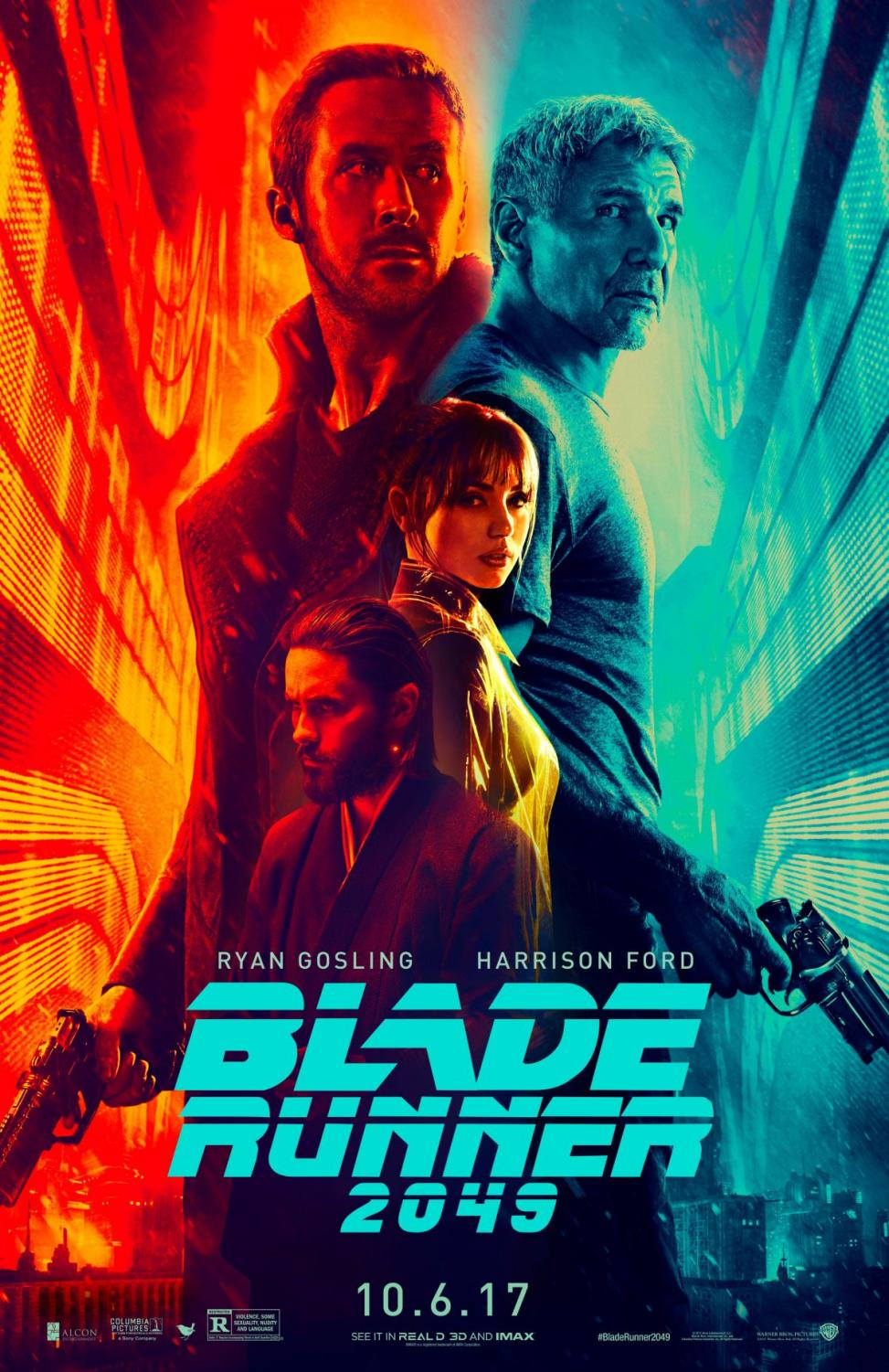Blade Runner 2049 Review
Blade Runner 2049 is the sequel to Ridley Scott’s original Blade Runner, released in 1982. The original film was heavily based on the book Do Androids Dream of Electric Sheep? by Philip K. Dick. The new Blade Runner revolves around Agent K, a Blade Runner (he kills wayward replicants, or clones) but he himself is a replicant. There is a second, equally important Blade Runner, Rick Deckard, who is from the original movie. In both movies, the hunting of replicants is one of the main plot lines. However, in the new Blade Runner the story delves into the birth of a replicant child. The movie explores the importance this mystery child on the world of replicants and humans.
This new plot line seems to stray somewhat from the exhilaration of the first movie’s Voight-Kampff test and the hidden replicants. Although it strays from the original it ties into the plot perfectly, thanks to the seamless integration by Director Denis Villeneuve. The story seems to take a turn into a direction that no one suspected. This could have been problematic, but clever thinking and writing by screenwriters Michael Green and Hampton Fancher kept the story moving.
Throughout the movie, one character stood out: the city of L.A.. Every time the viewer gets a glimpse of the city, everything changes. The views of the city give the audience a whole new perspective on life and the dying planet of Earth. The city provides character to the whole movie. When the viewer sees the city and what lies beyond, it shapes their whole experience. The movie sends vivid images to the audience, and those scenes set the movie apart from its predecessor. With enhanced video the whole story is shaped phenomenally. The movie’s creativity and success can be attributed to its enhanced cgi, screenplay, and scenery.
Blade Runner 2049 might put on a convincing face, but it won’t pass a Voight-Kampff test.

